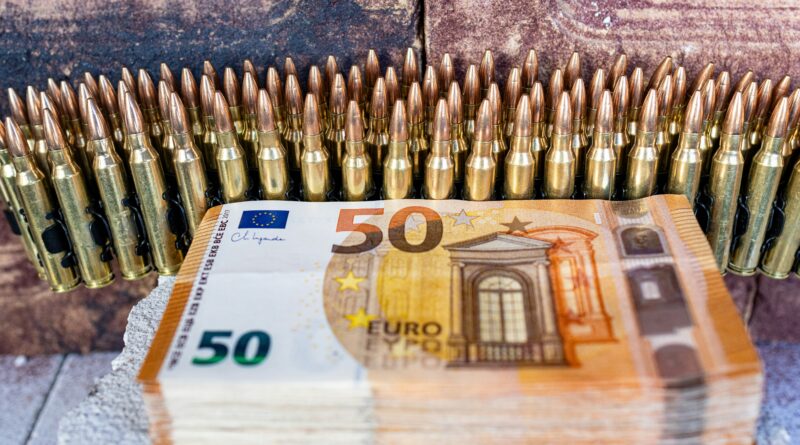How do current armed conflicts impact FX markets?
Major events tend to send ripples in global financial markets, and Forex is probably the most sensitive to these events. Wars and pandemics are major forces that tend to shake markets. Armed conflicts can seriously mess up the country’s currency and cause disruption in the global supply of resources such as goods and services. As a result of the major war caused by Russian aggression, Forex traders can watch how the Russian ruble collapses in real-time. Minutes after news breaks of Middle East airstrikes, hedge fund managers shift millions of dollars into Swiss francs, as this currency is known as a safe-haven currency. Let’s analyze how current armed conflicts globally affect Forex markets and why it is so crucial in FX trading.
How wars drive currency markets
The moment you see the first bomb dropped somewhere, the currency of that country is under some serious downward pressure. The same is true in modern dynamics, where wars have become a common occurrence. Unfortunately, this has serious consequences both for human life and the damaged economy. Nothing describes a country’s economic prowess better than the position of its currency. If you are trading or investing in currency markets and see that armed conflict is happening, the first thing to do is to reduce your risk and strictly control your potential losses. The perfect order types to protect yourself from wars and other catastrophic events are to always use stop-loss and take-profit orders, which guarantee that your investment automatically closes whenever adverse events happen. Stop loss ensures the losses are cut early, while taking profit does the same to lock in profits. Currency markets also become super volatile in major catastrophic events such as wars, and this is why it is important to make SL orders.
Migration to safe-haven currencies
When investors see that FX markets become volatile due to armed conflicts between countries, their psychological response is to move their money into safe-haven currencies. Safe haven currencies include the U.S. dollar (USD), Swiss franc (CHF), and Japanese yen (JPY). These currencies consistently appreciate during major conflicts as investors seek refuge to protect their wealth and capital. This migration to safe-haven currencies seriously shows FX markets and leads to higher volatility and wider spreads, making it more expensive to speculate on currency markets. Coupled with uncertainty, financial markets tend to move rapidly and violently when armed conflicts occur.
Currencies in conflict zones quickly lose value
While the safe-haven currencies appreciate, the currencies of war countries typically experience depreciation and heightened inflation due to war economics. The Russian aggression in Ukraine led the ruble to take heavy hits, and it almost hit 100 rubles per dollar, which is a serious blow to the Russian economy. As the European Union readies its next sanctions package, the Russian economy is about to face even more hurdles, showing monthly inflation of more than 1.5%, which is catastrophic. Overall, nations in conflict zones face immediate currency devastation. The Ukrainian hryvnia (UAH) lost 35% against the USD within weeks of Russia’s invasion, while the Russian ruble (RUB) plummeted 46% before capital control stabilized it in the beginning. The reality for the ruble is much worse right now than it was at the beginning of the conflict, and this trend is going to accelerate.
Weaponized economics of wars
Russia has been weaponizing its gas exports for some time now, and it has led to the euro’s fall of almost 12% against the USD as Europe faced rationing risks. As a major oil exporter country faces well-deserved heavy sanctions, two currencies gained some momentum — the Canadian dollar (CAD) and Norway’s krone (NOK) appreciated from alternative flows.
Food, fertilizer, and falling currencies
Ukraine and Russia hold 28% of the global wheat share, and this has turned agricultural exports into economic artillery. Here is what happened to currencies worldwide when Black Sea shipments halted:
- The Egyptian pound (EGP) fell to record lows, as it is dependent on wheat imports
- Pakistani rupee (PKR) sank amid flour riots
- FAO Food Price Index surges translate into serious currency depreciations
Commodity-importing nations saw deficit explosions, which was a repeating pattern in 2025 as climate conflicts disrupted Asian rice belts.
This is how intertwined the modern global economy is and how a single failure point, such as halted wheat shipments, can have tremendous consequences on a list of currencies.

